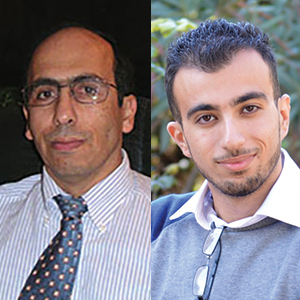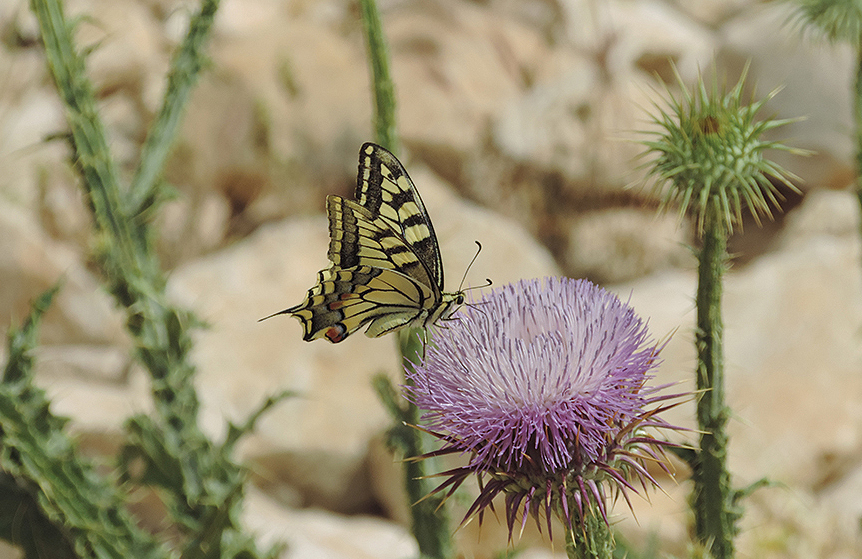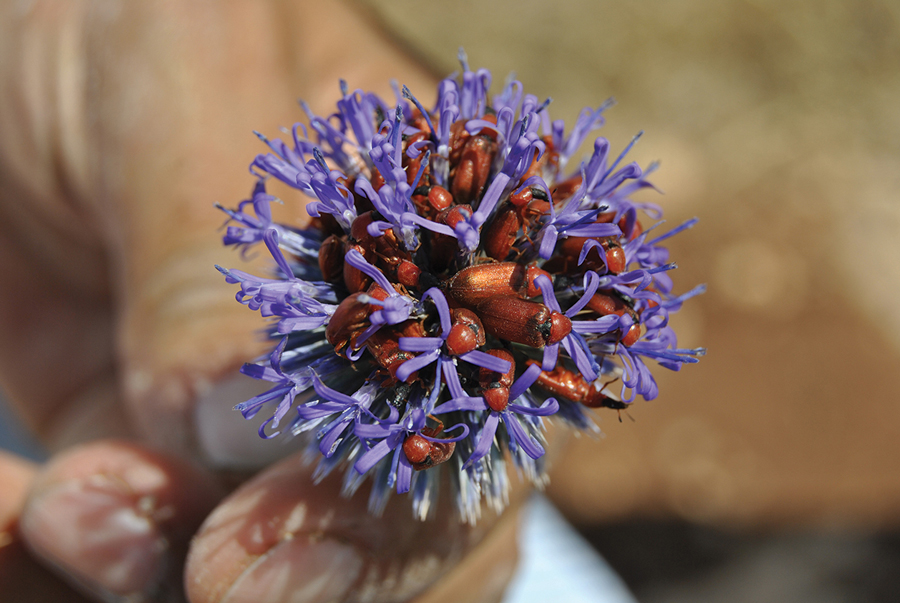
When Homo sapiens migrated from Africa to Europe, the first stop was a bit of heaven to be later named Canaan (proto-Aramaic for contentment). Our stone-age ancestors stayed and lived for generations in caves in places like Mount Carmel in Haifa, enjoying the abundance of the sea and making beautiful necklaces of sea shells while their men hunted animals and their women gathered edible plants. These hunter-gatherers then discovered that they could domesticate wild plants and animals and thus usher in the first agricultural communities and, concomitantly, “civilization.” When the tribe of Canaanites who spoke a dialect of Aramaic called Hebrew described the Land of Canaan in their Holy Book, they called it “the Land of Milk and Honey.” In their mythological stories they spoke of their prophet sending scouts to survey the land; the scouts brought back one Canaanite grape cluster that took two people to carry. When ancient Egyptians and Persians depicted Canaanites on their walls, they also depicted the amazing riches and beauty of the land. The modern era of European exploration also testified to the richness of this land.
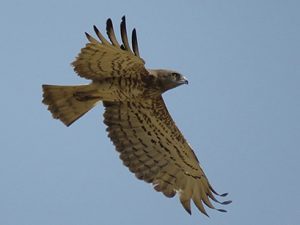
Palestine is the western part of this Fertile Crescent. Its diverse habitats have inspired poets and nurtured prophets. It is an area whose beauty is best explained by its diversity: diversity of people and biodiversity in nature. The geology and geography that produced the rich lands also produced a strategic location that connects Eurasia to Africa. Over the centuries, the old Canaan land thus became a magnet for nearby empires, invaders, pilgrims, and traders. It became a Holy Land to followers of three world religions (Judaism, Christianity, and Islam). More than half the total human population now follow these religions.
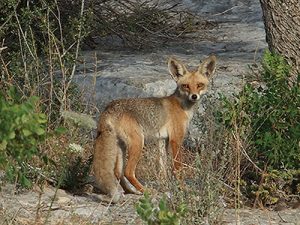
Palestine beauty is rooted in its biodiversity and human diversity. It follows naturally from variations in habitats and bio-geographical zones (Ethiopian, Mediterranean, Saharo-Arabian, and Irano-Turanian). Even though the Palestinian environment has been subjected to significant damage over the decades, including demographic changes and colonial activities, we still have a spectacular landscape with diverse habitats and rich biodiversity. On this small piece of land one can travel from the lowest point in the world – the Dead Sea (400 meters below sea level) – to the mountains of Galilee and Hermon, the Mediterranean coast, and the Negev Desert.
The warm Jordan Valley with much water was like a big greenhouse that made it perfect for agriculture. Jericho thus became the oldest (11,000 years, some say second-oldest after Damascus) continuously inhabited town on earth. Travelers described it as the beautiful oasis where date palms, balsam, sugarcane, and exotic birds created a mosaic of sights, sounds, and smells that was nothing short of miraculous. But at each location in Palestine where nature has not yet been damaged, one can be awed by amazingly beautiful sites from colorful butterflies to radiant flowers to an orchestra of birdsong. It is hard to imagine a more beautiful experience than an early morning springtime walk in the countryside or a sunset along the coastal valleys. It is not possible to describe how nature comes alive after the first rains or how we look forward to the bountiful and seasonal produce of nature and organic agriculture.
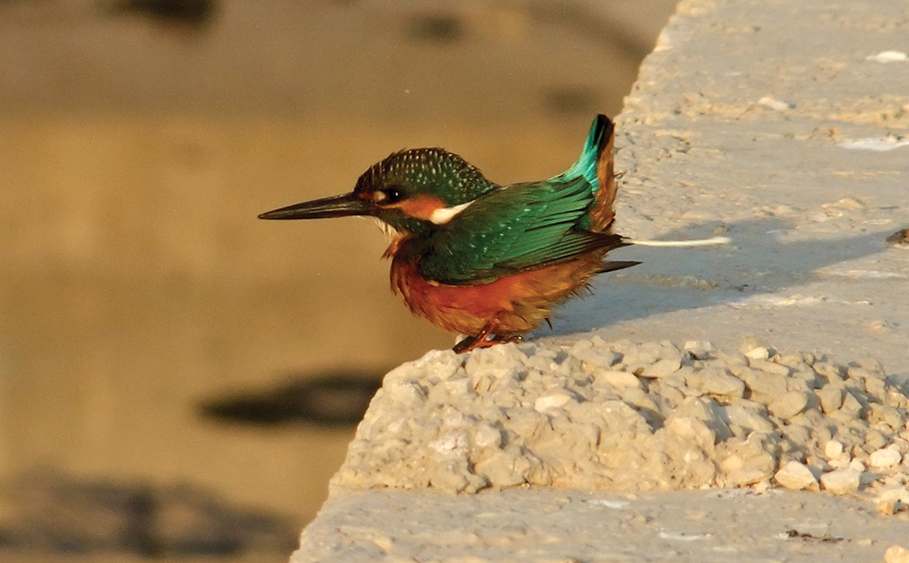
Nature is the best museum – of art and of natural history combined into one. We Palestinians have begun to pay more attention to preserving our beautiful environments that face such challenges as the segregation wall, the settlements, habitat destruction, and more. Residential Israeli settlements remove vegetation cover, and industrial settlements dump toxic waste that leads to health risks for humans, animals, and plants.
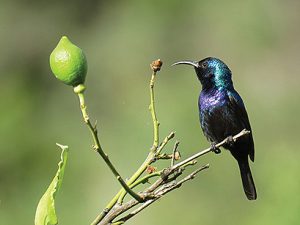
Palestine fauna and flora have transformed naturally due to geological and climatic changes. The receding of the sea exposed much of our hillsides and left us significant and intricate fossils that are millions of years old. The receding of the ice age and the development of warmer climates got us an elephant and a hippo and ancient carnivores inhabiting the forests of Bethlehem! Slowly a more moderate climate allowed for the Mediterranean fauna and flora to develop. The flora included oak tree forests sprinkled with hawthorns (za’rour) and carob. It included the development of beautiful orchids, irises, cyclamen, and other amazing concoctions of seasonally flowering plants. These are, in turn, fed on by insects, herbivores such as gazelles, and birds (such as our national bird: the Palestine Sunbird). Insect-eating and carnivorous animals sit at the peak of this food pyramid. It is more like a network, however, and these animals are in turn eaten or die and move back into the food cycle of other living things. We like to think that every molecule of our bodies as humans has been through countless life forms from bacteria to the most majestic plants and animals.
Just one hundred years ago, we could see each region in Palestine with its own unique embroidered dresses and its own special costumes and even linguistics. This rich diversity of people (and religions) also added to the biodiversity around us. We can and should reclaim this rich heritage (human and natural) and protect it as a national asset.
Ecotourism could be a significant economic development and could also help people appreciate Palestine’s natural environment. However, ecotourism that is not based on scientific principles or respectful of the ecosystems visited can do much damage. To address this challenge, we Palestinian environmentalists must engage in proper study of the protected areas in order to identify the paths that would respect the local ecosystems, and develop and implement ecotourism regulations and guidelines.
» Professor Mazin Qumsiyeh teaches courses ranging from molecular biology to anthropology to biodiversity at both Bethlehem and Birzeit universities. He is the director of the Institute of Biodiversity and Sustainability and of the Palestine Museum of Natural History (www.palestinenature.org) at Bethlehem University.
» Elias N. Handal is a graduate student in environmental biology and a staff zoologist at the Palestine Museum of Natural History,
Bethlehem University.

